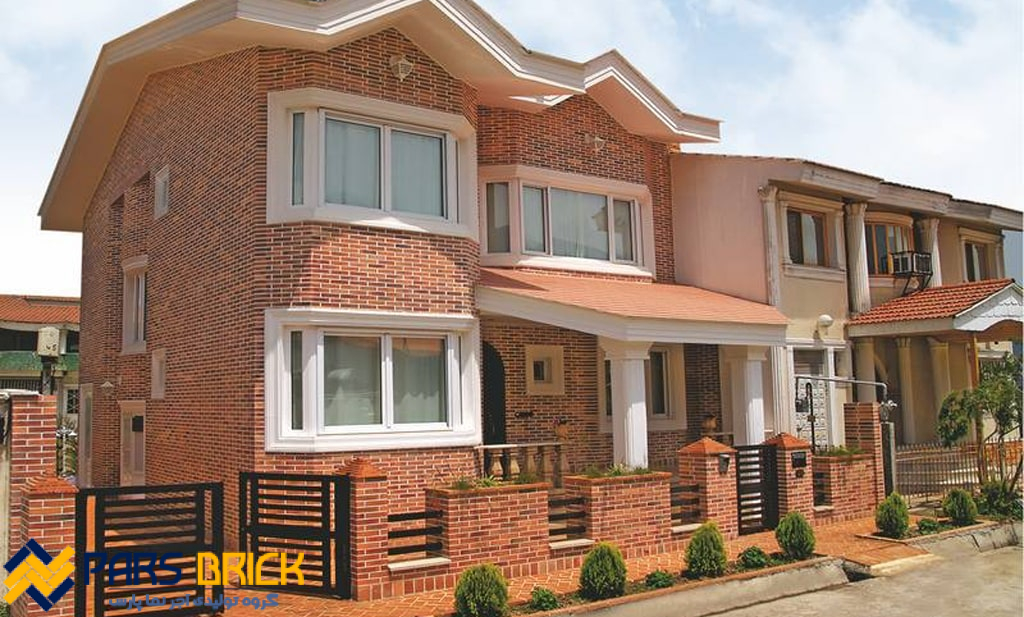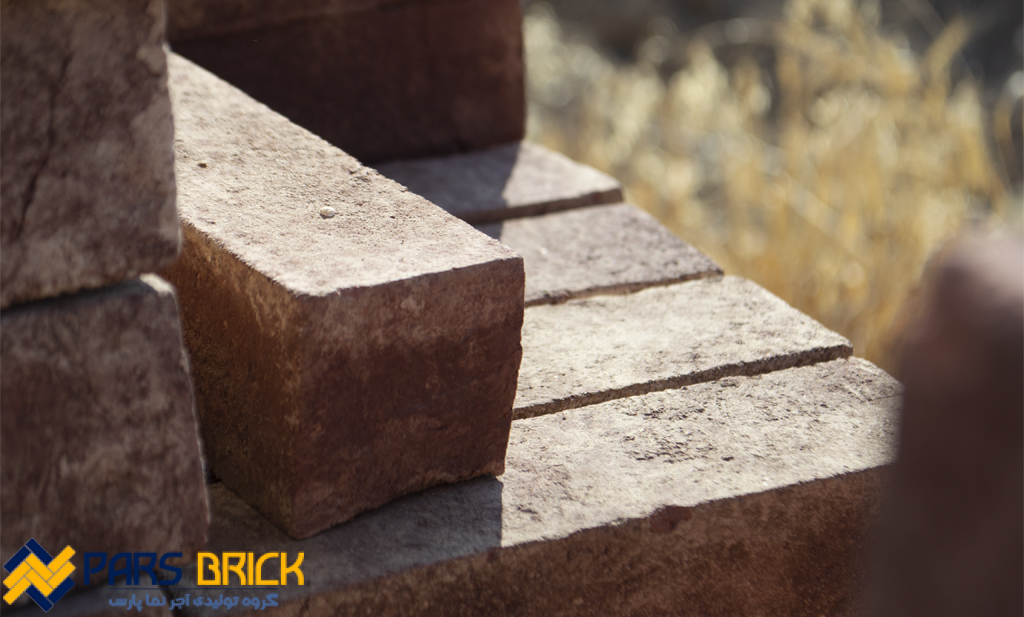Brick baking steps are as follows
Preparation of clay:
It is not necessary that the clay is pure in the baking stages of clay bricks, it is enough that it does not have impurities such as wood, coal, plant roots. Because these materials are burned inside the furnace when the brick is baked and its place is left empty and reduces the resistance of the brick.
soil preparation:
The meaning of working the soil is to have a uniform soil free of lumps and foreign substances, especially organic substances. For this, they aerate the soil, grind it and wash it if they want to make high-quality bricks. After drying, it is passed through special sieves and its coarse seeds are separated. After preparing the materials, if they want to use it immediately, they take it to flower making halls, and otherwise, they store it in special silos.
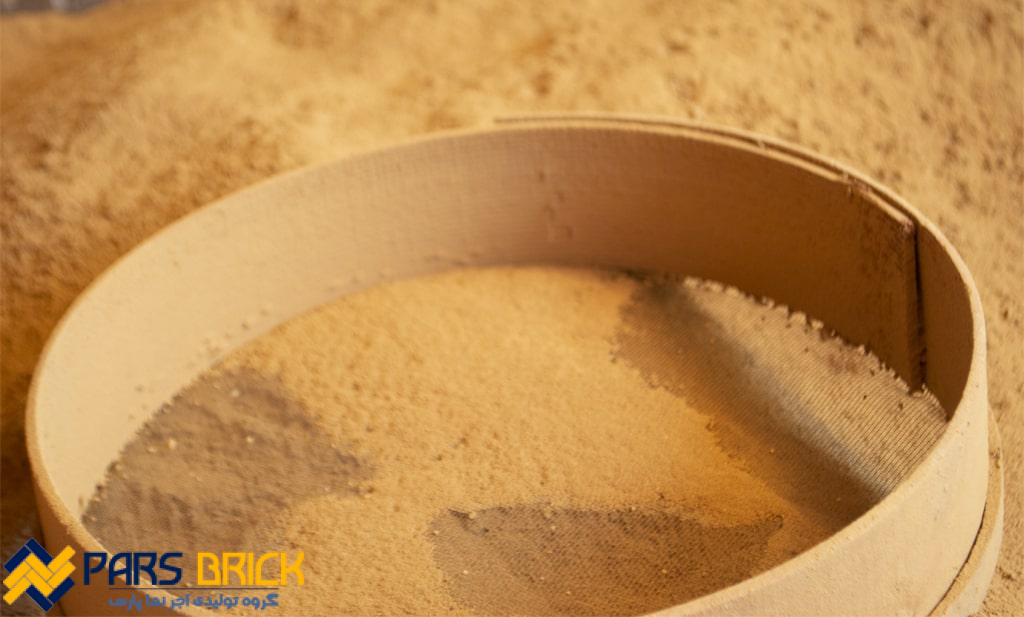
Making flowers:
About 20 grams of soil weight, water is added to it. The required water must be free of foreign substances, and it must not be water that gives a chemical combination in the different stages of making bricks with clay. After adding water to the soil, they mix it well so that all its particles are in the vicinity of the water and become wet. Then they leave it alone for a while until the water gradually penetrates all the soil particles and wets it and the flower becomes a uniform paste.
Then they knead it by kicking and help to make the mud uniform and open the lumps that are not yet in the vicinity of water. The amount of water in the flower should be as low as possible and only make it possible to shape the flower. Because the more mud water there is, the more difficult and expensive it is to dry the clay, and after the water inside it is emitted, the empty space remains in the clay and causes the brick to become porous.

Molding or plastering:
The steps of baking bricks are done by hand in old clay factories. In this way, they made a wooden mold in the shape of the brick they wanted to make. Then it was filled by hand with the mud that was already prepared and ready. They filled all the empty spaces that could exist with the pressure of their fingers. Then the external surface was smoothed and polished by hand. Then they would lift the mold, which had no bottom and was just a wooden frame, and as a result, the molded clays would remain in place.

Clay drying:
After a few hours passed from hitting the clay and the clay could almost keep its geometric shape, it was lifted from its place and placed next to each other from the side of the narrower surface; And in this way, they exposed more surfaces of the clay to the wind flow and helped the clay to dry faster. Of course, in this method, due to its non-technical nature, firstly, severe unevenness was created on the surface of the clay, and secondly, because the surface would dry faster due to the blast of air, but the core still had moisture and in order for the moisture of the core to be directed outside. Inevitably, cracks were formed on its surface.
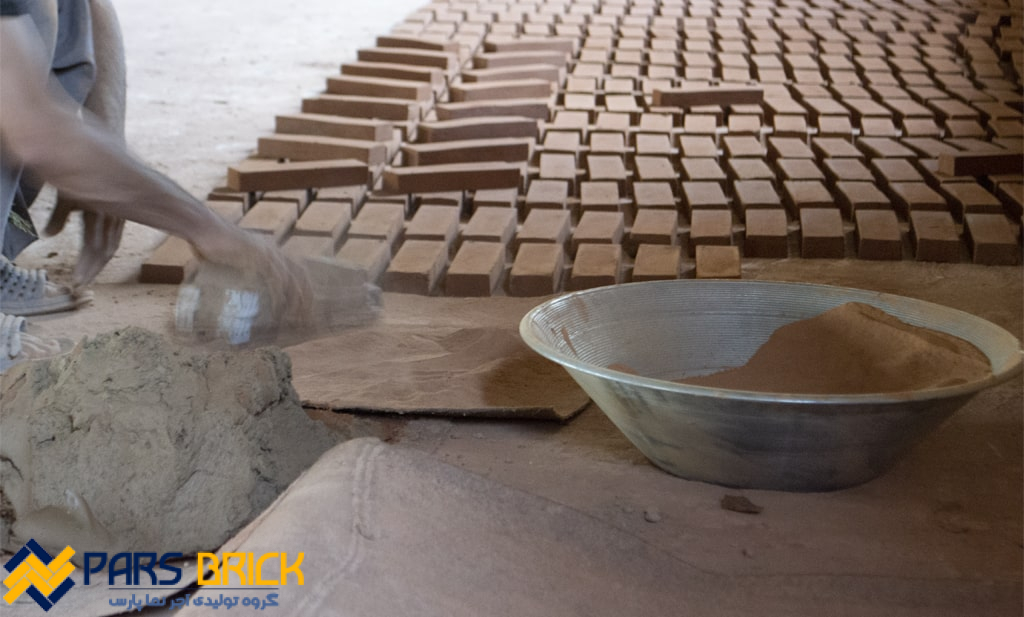
Types of brick kilns:
Furnace
These furnaces are dug in the ground and the clays are piled on top of each other, respecting the empty space. Fuel was given to the furnace from the area under the furnace. These furnaces are obsolete today.
Traditional ovens of Iran
In these furnaces, clays are placed on the hearth of the house, in the form of an incomplete cone, and its outer surface is covered with mud. In this method, the fire and bricks are fixed and the heat varies in different parts of the furnace; Therefore, the quality of bricks varies. The brick at the bottom of the furnace is called welded and the brick at the top of the cone is called semi-baked (raw baked). The type of fuel and the heating time have an effect on the strength of the brick. The bottom bricks used for skeletonization are green in color.
After the green brick is the beige brick, which is used for the non-load-bearing wall. At the end, the brick is half-baked, which is returned to the kiln for re-baking.
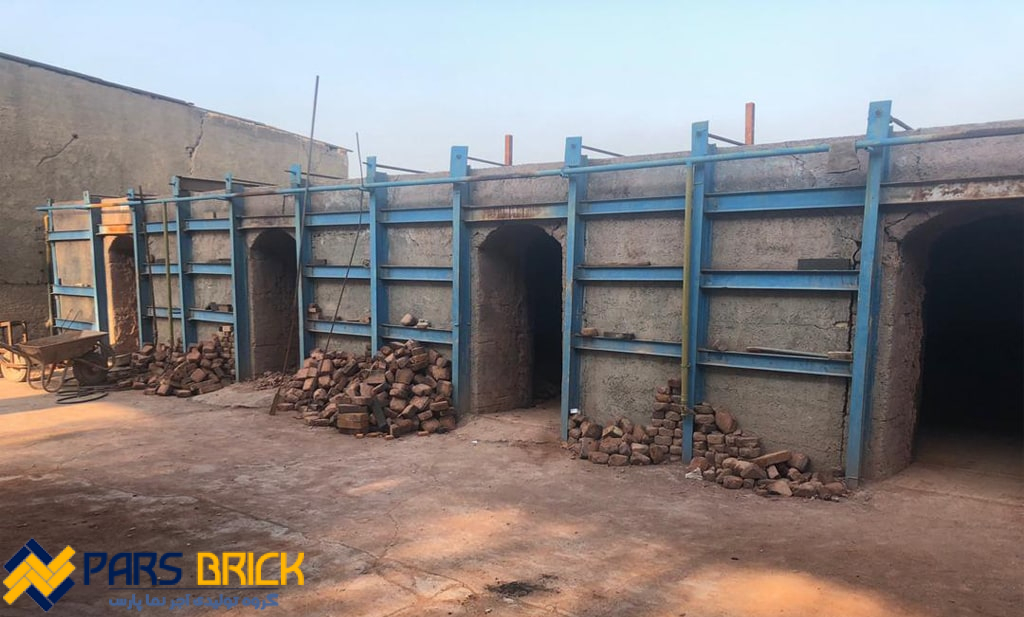
Types of bricks in the order of placement in relation to the fire in the furnace
• Welding brick
• Green brick
• Golbahi brick
• White brick
• Ablaq brick
• Red brick
• Raw baked brick
Ablaq brick is the most used.
Hoffman furnace
It is of the type of furnaces in which the heat is variable and the bricks are fixed. Each Hofmann furnace has a number of connected cells or rooms, which are located around the furnace and are called the “heb”. The product of this furnace is suitable in terms of quality and production cost.
Tunnel furnace
It is of the type of furnaces with fixed fire, where the clays are pushed into the furnace by mobile wagons. The product of this kiln is premium bricks that are mostly used for decorative works and building facades.
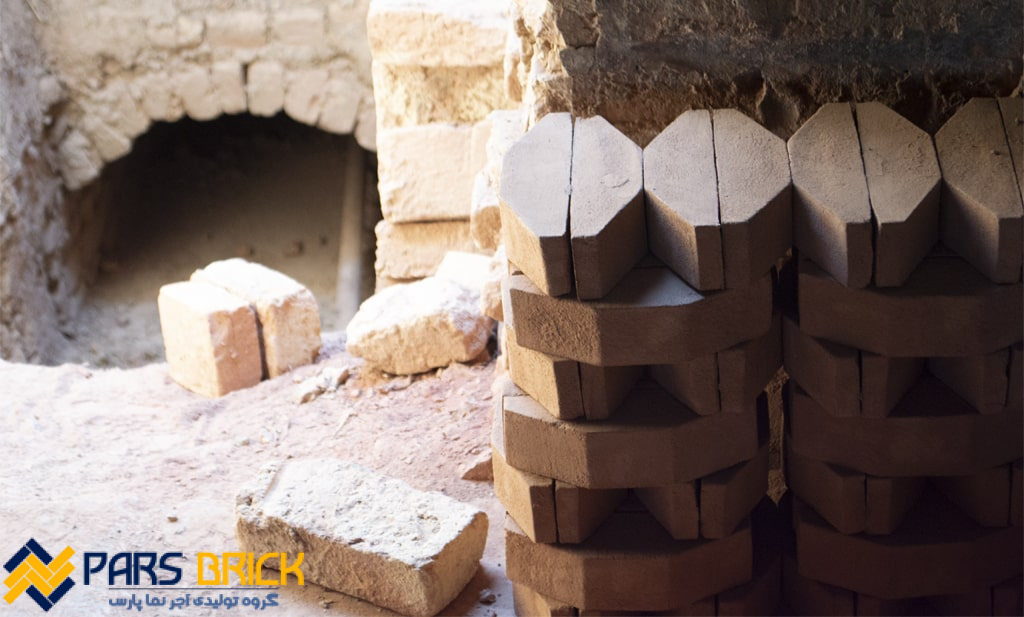

با آجر پارس در اینستاگرام
برای اطلاع از جدیدترین محصولات و مشاهده نمونه پروژه های اجرا شده توسط شرکت آجر نما پارس لطفا پیج اینستاگرام شرکت آجرنما پارس را دنبال کنید.


